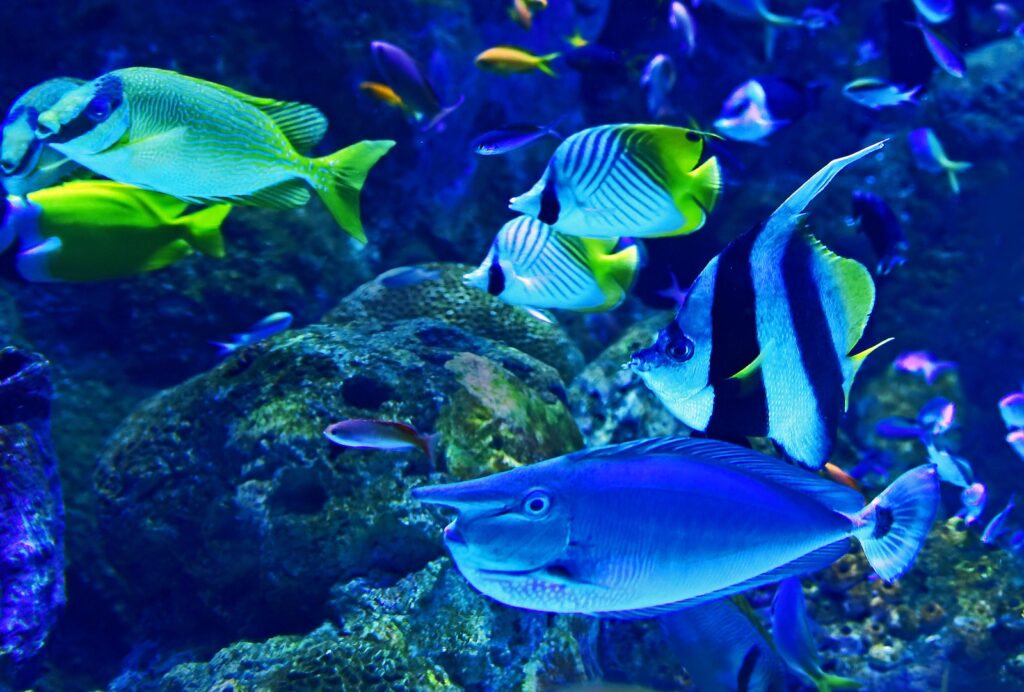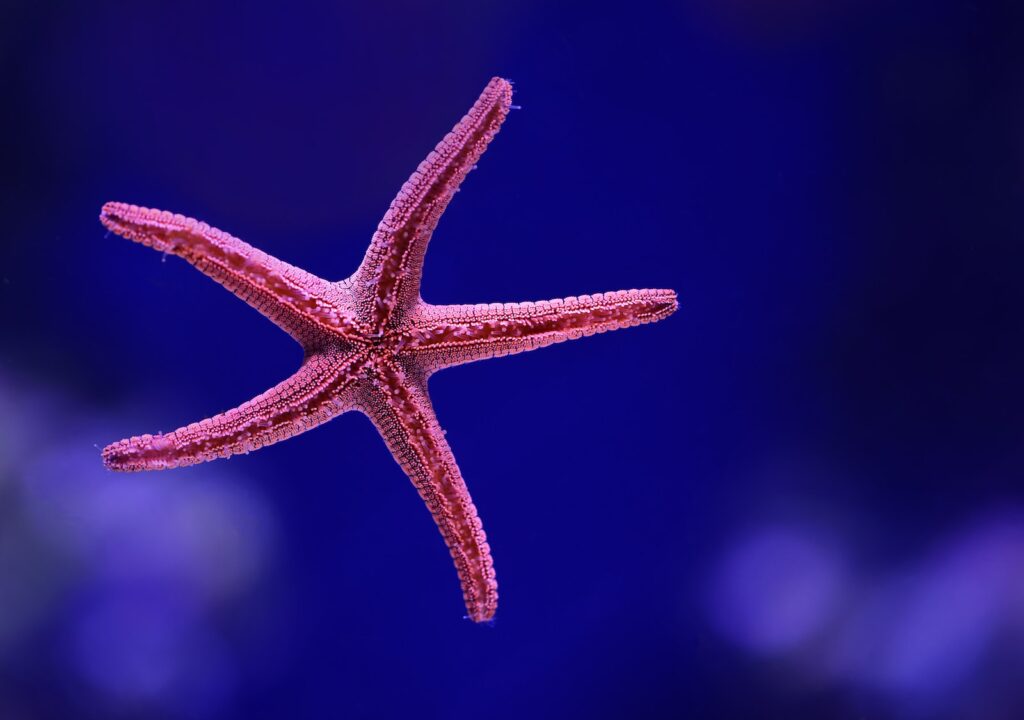An expert’s guide to marine conservation success
Dr Susann Rossbach, Red Sea Global’s Manager of Marine Planning and Monitoring, looks back on more than 217 oceanic and coastal research projects.
Marine conservation simply doesn’t get the attention it deserves. UN Sustainable Development Goal 14, focused specifically on ocean protection, receives the least funding of any of the SDGs. This is despite the plethora of threats our oceans are currently subjected to, including rising sea temperatures due to climate change, overfishing, plastic pollution, habitat destruction and ocean acidification.
This lack of funding partly comes down to a lack of clarity around best practices. There is ambiguity around the meaning of “marine conservation” and whether humans should withdraw from endangered environments entirely or intervene to protect and regenerate them.
Recently, I worked with a team of other marine scientists to comprehensively review marine conservation projects and identify the most common traits for success across the world. We considered the size of the area influenced, ecosystems covered, cause of degradation and the extent to which different stakeholders were involved in the conservation initiative. This is one of the first research studies of its kind and I believe the findings to be crucial for informing future strategies and actions across the public and private sectors, NGOs, and local communities.
Our study has three major lessons for local authority decision-makers in the UK. The first is the importance of active human stewardship and involvement to make marine environments healthier than they were before. Secondly, there is an urgent need for collaboration, not simply between the private and public sectors, but also among national governments. Finally, coastal communities most affected by climate change need to be put at the heart of conservation approaches.
The intervention imperative
Our study’s central finding was that four in five (80%) successful marine conservation projects depend on human stewardship. On the surface, this might seem confusing – how could a marine conservation project not involve people to some extent? However, the picture is much more complex. There is an influential — and in our view, misplaced — school of thought that argues people should withdraw from fragile environments entirely, so that “nature can heal itself”.
We looked at various initiatives that protected, for example, exploited fish populations, mangroves, marine mammals and sea turtles. We found the success of these projects tended to depend on governmental actions, such as passing legislation to restrict or reduce noxious chemicals. Similarly, we found that human actions were often critical in catalysing subsequent natural recovery. The planting of eelgrass meadows by broadcasting seeds in the lagoons along the coast of West Virginia, for instance, has helped to create a diverse and productive faunal community.
This should energise us all to think ambitiously about how we can go further than protecting natural environments, and actively regenerate them.
Building on this knowledge, at Red Sea Global, where we are developing two luxury destinations on the north-western coastline of Saudi Arabia, we are working to deliver a 30% net positive conservation benefit by 2040. To deliver this, we are forging strong partnerships with government bodies, regulatory agencies, local communities, and an array of scientists, both local and international. This collaborative approach will allow us to combine the expertise and resources at our fingertips, to pursue our ambitious goals of restoring and preserving marine biodiversity.
Collaborate and catalyse change
Collaboration among various stakeholders in the UK, including the government, local communities, and NGOs, is of paramount importance. In fact, our research found that conservation failure and success is largely determined by the level of commitment and collaboration between stakeholders.
This is especially crucial due to the UK’s shared waters with many other countries in Europe, several of which are part of the European Union and subject to EU regulations. By working together, the UK can foster effective partnerships and enhance cross-border cooperation to ensure the sustainable management and protection of these shared marine resources.
Collaboration enables the exchange of knowledge, expertise, and best practices, allowing for more informed decision-making and coordinated conservation efforts. It also promotes the harmonisation of conservation policies and regulations, facilitating a unified approach in addressing common challenges and achieving shared conservation goals.
Its power can be seen in the ban on antifouling paint containing TBT by many governments since the 1980s, which has helped to protect marine life, especially for benthic invertebrates. This could not have been achieved without the work of the International Convention on the Control of Harmful Antifouling Systems for Ships, implemented by the International Maritime Organization.
Of course, local authorities work on a smaller geographical scale, but this example demonstrates the importance of working together with external partners and bringing diverse expertise together to achieve positive change.
Putting people first
Coastal communities depend heavily on the ocean, often relying on it as a crucial source of sustenance or attraction for tourism. They are the ones who bear the brunt of the continuing deterioration of marine ecosystems. In the UK, Sir James Bevan, the UK Environment Agency’s chief executive, recently warned that climate change means “some of our communities cannot stay where they are.”
Our findings suggest that the involvement of local communities is an essential factor in marine conservation projects. This is because, as the main beneficiaries of environmental initiatives, they are best placed to act as committed, long-term stewards. A promising example in the UK is NatureScot’s Community-Led Marine Biodiversity Project, which aims to energise coastal residents to protect marine life and promote ocean stewardship.
Local authorities could follow Scotland’s lead by prioritising community engagement in their environmental initiatives. It is critical to invest in empowering and supporting these populations in conservation efforts, as their involvement is not only crucial for their own well-being, but also instrumental in achieving broader ecological sustainability.
A new model for success
It is my hope that our research study inspires a new way of thinking about marine conservation among decision-makers across the world.
By taking an active role, collaborating with other organisations, and prioritising community engagement in sustainable initiatives, local authorities in the UK can establish a new model for success and help conserve and enhance aquatic environments.
More features:
‘We have to fly less’: Planes, trains and climate-friendly travel
Images: David Clode (Top, Middle) / NOAA (Bottom)


















